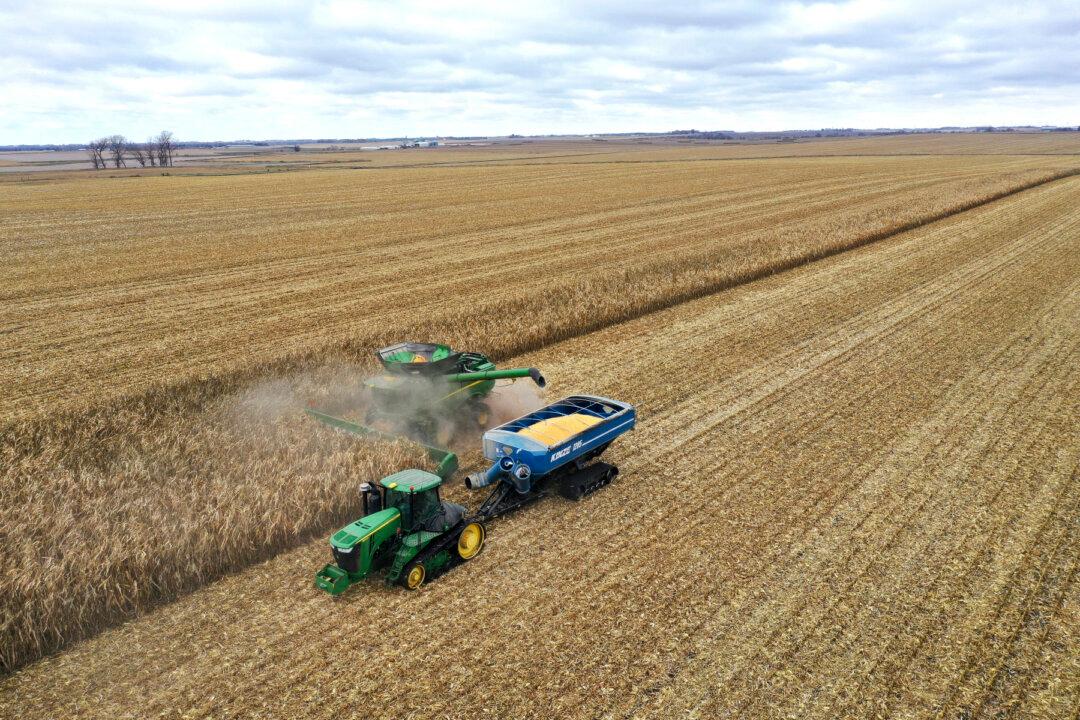Nearly every one in four American adults are not at all satisfied with the state of their nation’s K-12 public education, a new poll says.
At the same time, 23 percent of respondents said they are “completely dissatisfied,” and 32 percent are “somewhat dissatisfied.”
The sentiment is much more positive when it comes to parents with children in grades K–12, according to the poll. An overwhelming 80 percent of respondents said they are at least somewhat satisfied, while 14 percent are somewhat dissatisfied and just 6 percent are completely dissatisfied. Republican and Republican-leaning parents (74 percent) are less likely to be satisfied than Democrat and Democrat-leaning parents (85 percent).
The top reason for dissatisfaction has to do with the lack of academic rigor. A total of 56 percent of respondents pointed to concerns such as poor or outdated curriculum, poor education quality, and that basic math and language skills are being taught. The lack of resources (28 percent) and political agendas being promoted in classrooms (17 percent) are also cited as leading concerns.
According to Gallup, dissatisfaction with the public education system among Republicans and Republican-leaning independents has been rapidly rising since former President Donald Trump left the White House. Republicans’ satisfaction dropped to 35 percent in 2021 and now stands at 30 percent, while Democrats’ decreased from 57 to 51 percent over the past year.
Two Million Students Have Left Public Schools
The survey was conducted from Aug. 1 to 23 among a randomly selected group of 1,006 adults via telephone interviews, with a margin of error of 4 percentage points and a 95 percent confidence level.According to the report, enrollment in non-charter public schools declined from 81 to 76.5 percent over the past two years amid perpetual school closures and other disruptions related to COVID-19 lockdown policies.
Meanwhile, researchers found that public charter school enrollment increased from 5 to 7.2 percent, private school enrollment increased from 8 to 9.7 percent, and homeschooling rose from 6 to 6.6 percent.
“If that percentage is accurate, it means that nearly 2 million students have shifted from traditional public schools to alternative school arrangements,” the researchers said.





